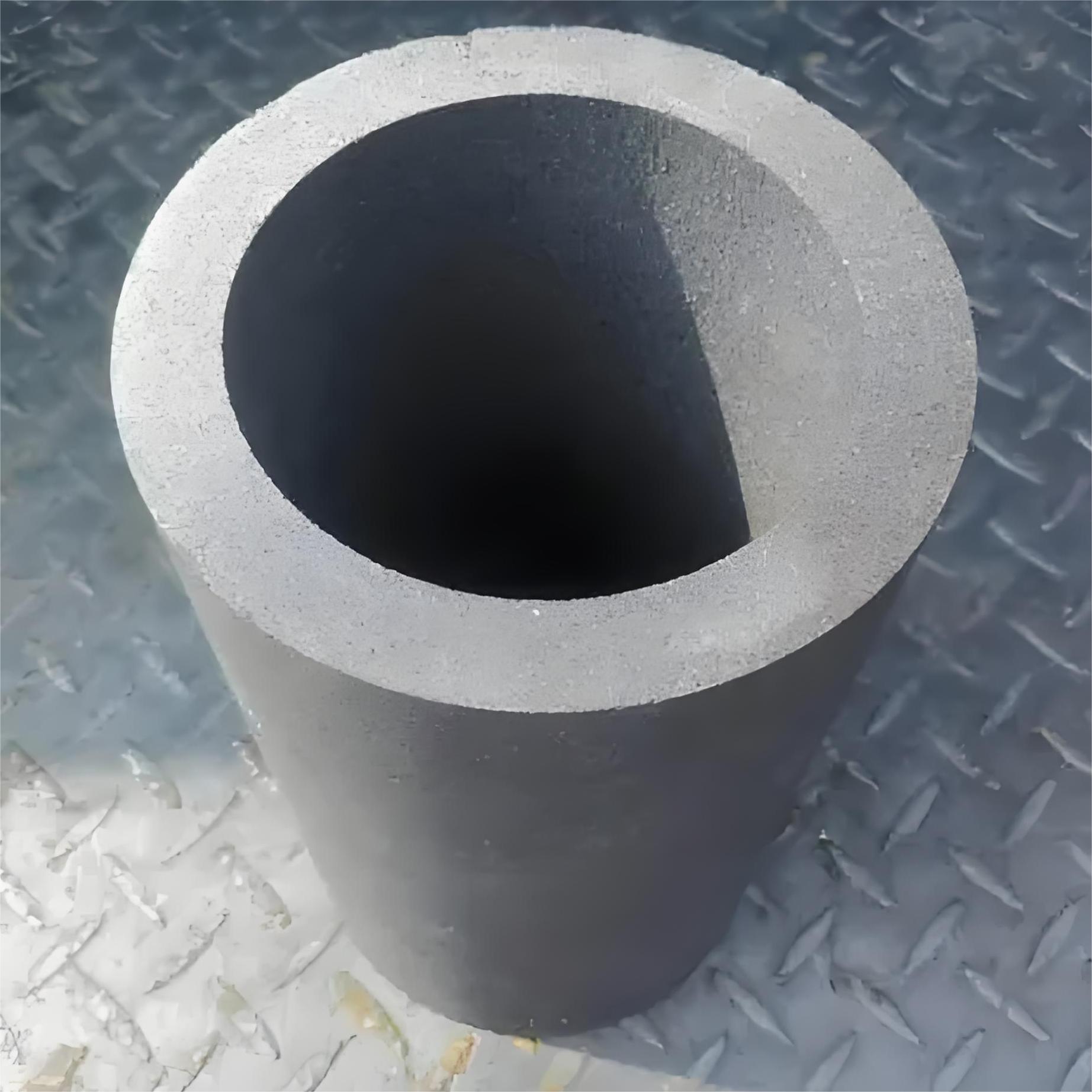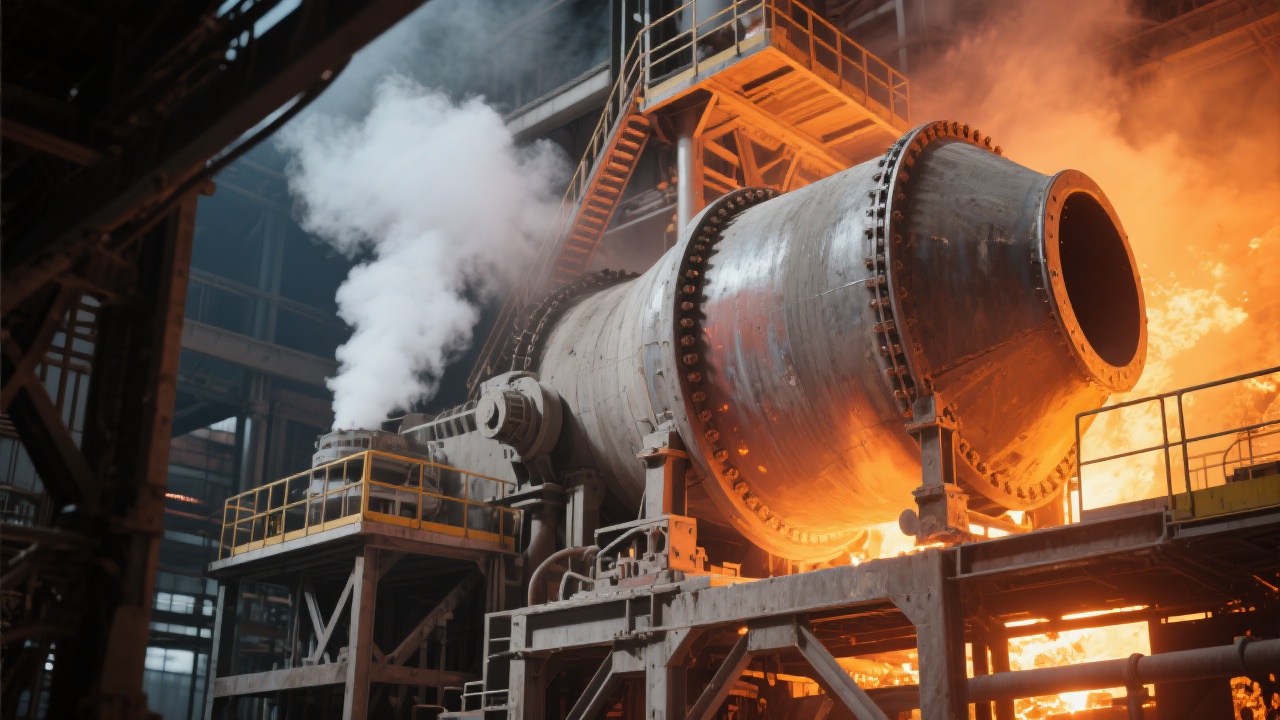
In high-temperature industrial settings, such as steel smelting and ceramic firing, the selection of appropriate furnace lining materials is crucial. Many procurement professionals often face challenges. For example, the lining materials may not withstand high temperatures, leading to frequent replacements. According to industry statistics, in some steel plants, due to improper selection of lining materials, the average equipment downtime for maintenance is about 10 - 15 days per year, which seriously affects production efficiency and increases costs.

One of the most significant advantages of wear-resistant castable materials is their high refractory temperature. High-quality wear-resistant castables can reach a refractory limit of up to 1900°C. This means they can maintain stable performance in extremely high-temperature environments, reducing the risk of material damage and ensuring the normal operation of the furnace. For instance, in a ceramic kiln with a long - term operating temperature of around 1600°C, using a wear - resistant castable with a 1900°C refractory limit can effectively prevent the lining from melting or deforming.
Compressive strength is also a key parameter. Wear-resistant castables typically have a compressive strength of 50 - 100 MPa. In the process of furnace operation, the lining will be subject to the pressure of the molten material and the mechanical impact during the operation. A high compressive strength ensures that the lining can withstand these forces without cracking or collapsing. For example, in a steel - making furnace, where the molten steel exerts great pressure on the lining, a castable with high compressive strength can ensure the long - term stability of the furnace lining.
The wear resistance of wear - resistant castables is excellent. In high - temperature environments, the lining is often eroded by the flow of molten materials. A wear - resistant castable can significantly reduce the wear rate. Tests show that compared with ordinary lining materials, the wear rate of wear - resistant castables can be reduced by 30% - 50%.
In a large - scale steel plant, the original lining materials had a short service life, and the furnace needed to be repaired every 3 - 4 months. After replacing with wear - resistant castable materials, the service life of the lining was extended to 10 - 12 months. This not only reduced the maintenance frequency but also increased the production efficiency. The plant estimated that it saved about 20% of the maintenance cost and increased the annual output by about 15%.

In a copper smelting plant, the use of wear - resistant castables improved the energy efficiency of the furnace. The original energy consumption per ton of copper was about 500 kWh, and after using the new lining materials, it was reduced to 400 kWh, a reduction of 20%. At the same time, the maintenance cost was also reduced by about 18% due to the longer service life of the lining.
"Wear - resistant castable materials are a revolutionary product in the field of high - temperature furnace linings. Their excellent performance in terms of refractory temperature, compressive strength, and wear resistance makes them the first choice for many high - temperature industries. In the future, with the continuous improvement of technology, we expect to see more customized and high - performance wear - resistant castables." - Dr. John Smith, a well - known expert in refractory materials.
Our company provides customized services for wear - resistant castable materials. We can design different formulas and construction plans according to the specific needs of different industries and furnaces. For example, for a special - shaped furnace, we can provide a castable with good fluidity and moldability to ensure a perfect fit with the furnace structure. Our professional construction team can also provide on - site construction support, which greatly improves the implementation efficiency and customer satisfaction.

Wear - resistant castable materials play a crucial role in the sustainable operation of enterprises. They can save energy and reduce consumption. By reducing the heat loss of the furnace, they can effectively lower the energy consumption. At the same time, their long service life reduces the frequency of maintenance and replacement, which means less waste of materials and labor. This not only helps enterprises reduce costs but also contributes to environmental protection.
Discover More About Wear - Resistant Castable Materials Now!
Do you have similar problems in your industry? You can tell me the specific scenario, and I'll send you 3 solution cases from the same industry.











